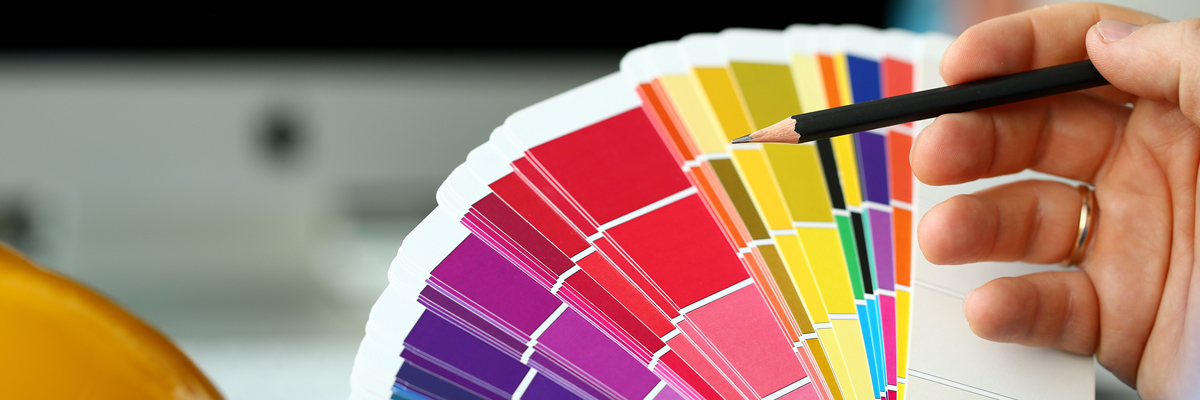in Images and Colour
GRACoL and G7: Standardizing Colour Appearance

Whether a brochure, a catalog or a magazine ad, a GRACoL workflow standardizes colour appearance.
Willow Printing Group is GRACoL certified. This process involves having a third party do the calibration and certification. They calibrate the proofs from each device, and then calibrate the curves for the workflow and make plates on our conventional presses. Working with these consultants, we print a test form on press and evaluate it and do that as many times as adjustments are needed. We are GRACoL 7 calibrated on our offset presses and on our digital presses. This allows us to mix and match between offset and digital with no detectible differences.
GRACoL certification is often required by large national and multinational print buyers so that colours print consistently from printer to printer. Years ago, print companies would calibrate their proofs to match how the press printed, so the same file sent to two printing companies would look different. Now, with GRACoL 7, the final printed piece looks consistent regardless of the printer or equipment.
With the colour on press equipment more consistent, Willow Printing Group can decrease paper waste, make-ready time and our environmental impact. The business of print, and the quality of print, have both improved with GRACoL.
A bit of background on GRACoL
Way back in 1996, a group of industry experts set out to define a standard for colour that could be applied across many types of printing devices. Of course back then they had both heatset and cold web presses as well as sheetfed. And devices such as colour copiers, while early stage, were exploding onto the market. The result was the General Requirements for Applications in Commercial Offset Lithography, or GRACol, printing guidelines that have since become de facto standards on many pressrooms.
Along the way, this working group defined G7, a method defined by the Print Properties and Colorimetrics Working Group of IDEAlliance. G7 specifies the components of an image that define a similar "visual appearance" to the human eye.
Initially, G7 was developed by the IDEAlliance GRACoL Working Group. But as adoption of G7 grew, it became clear that the application of this method that enables printers to reproduce a similar visual appearance across printing types and substrates should be addressed by a group with reach beyond the focus on sheetfed offset printing that is unique to the GRACoL working group. Today, through the PPC Working Group, experts from across the spectrum of printing disciplines contribute to this important IDEAlliance Methodology.

